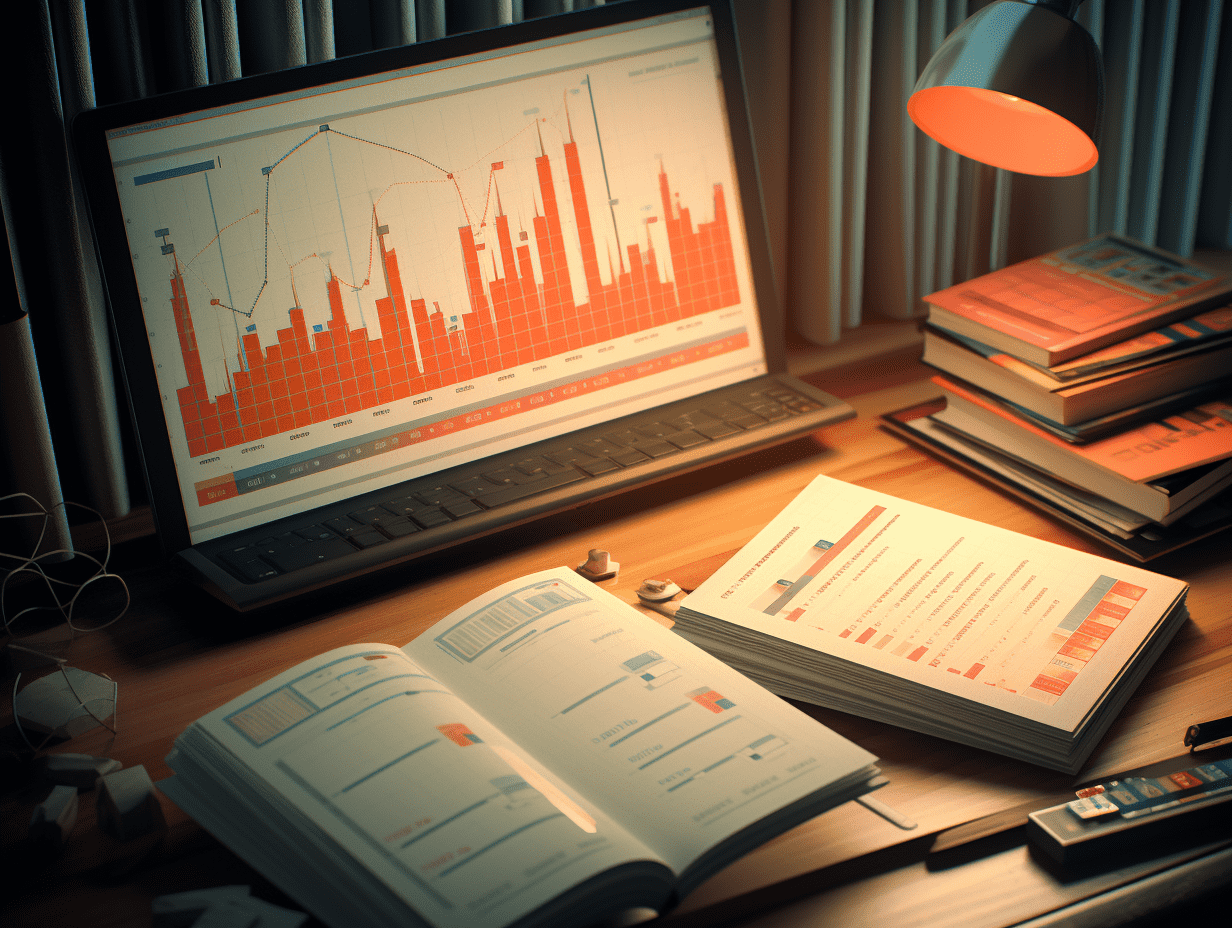
CITIC SEC: Battery company profit slightly improved on a month-on-month basis, focusing on domestic leading companies with competitive advantages highlighted.
CITIC Securities released a research report stating that based on the financial information disclosed in the 2024Q3 reports of four Japanese and South Korean battery companies (LGES, Samsung SDI, SKI, Panasonic), although the drop in metal prices has partially alleviated the impact of high-cost raw materials in 24Q3, the overseas demand for electric vehicles is still relatively weak. With the promotion of energy storage business, the overall operating profit of Japanese and South Korean companies has slightly improved compared to the previous quarter. However, the operating profit margin remains at a relatively low level after excluding IRA subsidies. In comparison, the demand base of domestic top battery companies is stable and growing, and their profit levels are gradually pulling ahead of Japanese and South Korean battery companies, leading to a further increase in global market share. The bank highlighted its recommendation for domestic top battery companies that demonstrate a competitive advantage.
Looking ahead to 2025, on the demand side, European electric vehicle demand is expected to recover under the constraints of carbon emission assessment standards. The uncertainty in policy expectations following the election of US President Trump may have adverse effects on the business of Japanese and South Korean companies in the US. On the product side, Japanese and South Korean companies urgently need to shift towards high-performance and cost-effective products like LFP and high-voltage nickel-based batteries to meet the diverse needs of downstream customers. In terms of applications, the demand for energy storage continues to show strong growth momentum, and companies will focus on expanding sales of energy storage products to address the risk of insufficient power demand.
The main points highlighted by CITIC Securities are as follows:
The impact of lower raw material prices and strong demand for energy storage led to an improvement in performance in 24Q3 compared to the previous quarter.
According to the financial reports disclosed by four Japanese and South Korean battery companies (LGES, Samsung SDI, SKI, Panasonic):
1) Revenue: On one hand, the growth in the demand for new energy vehicles and energy storage in 24Q3 led to increase in battery shipments, while on the other hand, the slowing decline in upstream metal raw material prices resulted in a weaker impact of material costs on battery unit prices, driving a year-on-year decrease of 26.1% and a quarter-on-quarter increase of 3.3% in overall revenue for Japanese and South Korean battery companies in 24Q3.
2) Profit: In 2024Q3, the operating profit margins of LGES/Samsung SDI/SKI/Panasonic were 6.5%/1.7%/1.7%/15.0%, respectively. Except for Samsung SDI, the operating profit margins of the other companies have slightly improved quarter-on-quarter, with SKI achieving quarterly profitability for the first time. IRA manufacturing subsidies have positively contributed to the operating profit of each company. After excluding the amount of IRA subsidies, the operating profit margins of LGES/SKI/Panasonic were -0.3%/-2.6%/4.1%, still relatively low.
Installation volume and market share: The installation volume slightly increased quarter-on-quarter, while global market share continued to decline. According to data from SNE Research:
1) In terms of installation volume, in 2024Q3, LGES, Samsung SDI, SKI, Panasonic had global power battery installation volumes of 25.5/7.5/11.2/9.5 GWh, with year-on-year changes of +1.19%/-17.58%/+28.74%/-13.64%, and quarter-on-quarter changes of +1.19%/-6.25%/+12.0%/+37.68%. The total installation volume of the four companies was 53.7 GWh, with year-on-year and quarter-on-quarter growth rates of -0.56% and +7.19% respectively.
2) In terms of market share, in the first nine months of 2024, LGES, Samsung SDI, SKI, Panasonic had global power battery installation shares of 12.1%/4.0%/4.8%/4.3%, with year-on-year changes of -2.2/-0.5/-0.7/-2.4 percentage points. Compared to this, Contemporary Amperex Technology had a global power battery installation share of approximately 36.7% in the first nine months of 2024, with a year-on-year increase of +0.9 percentage points. During this same period, the four Japanese and South Korean battery companies had a combined global installation share of 25.1%, down by 5.7 percentage points year-on-year, while Chinese battery companies had a combined global installation share of 64.9%, up by 2.4 percentage points year-on-year. The global market share of Japanese and South Korean companies continued to decline.
Future outlook: European and American demand may differentiate, new products need to be developed and produced urgently, and the energy storage business is expected to maintain high growth.
1) Demand: The European market demand may differentiate. In Europe, as the carbon emission assessment standards become stricter by 2025, the bank estimates that to meet the carbon standards for 2025, the EU must achieve a sales volume of 3.17 million new energy vehicles in 2025, up by 29% compared to before. In the US, the expectation of a shift in electric vehicle subsidy policy following Trump's election may have adverse effects on the demand for electric vehicles and the battery manufacturing subsidies of Japanese and South Korean companies.
2) Product: Slower overseas demand and diverse customer needs are driving Japanese and South Korean battery companies to provide more diversified and cost-effective battery solutions. For example, LGES is actively promoting the production and supply of LFP and high-voltage nickel-based products. LGES, Panasonic, and Samsung SDI are ready for large-scale production of the 4680 large cylindrical series products.
3) Application: Since 2024, energy storage demand has continued to grow. For example, in the US, according to EIA data, 6.82GW of new large-scale energy storage was added in 2024Q1-Q3, up by 60.2% year-on-year. Despite the slowdown in demand for power battery business in 2024Q3, the rapid growth of energy storage business has to some extent offset the decline in revenue for Japanese and South Korean battery companies. In the future, companies will focus on energy storage business as one of the key areas of operation.
Risk factors:
Risks of global new energy vehicle sales falling below expectations; risks of raw material price fluctuations exceeding expectations; geopolitical risks; increased competition in the battery industry; risks of major changes in the technological direction of the battery industry.
©️2013 - 2024 GMT EIGHT Holdings. All Rights Reserved.
Contact: contact@gmteight.com


